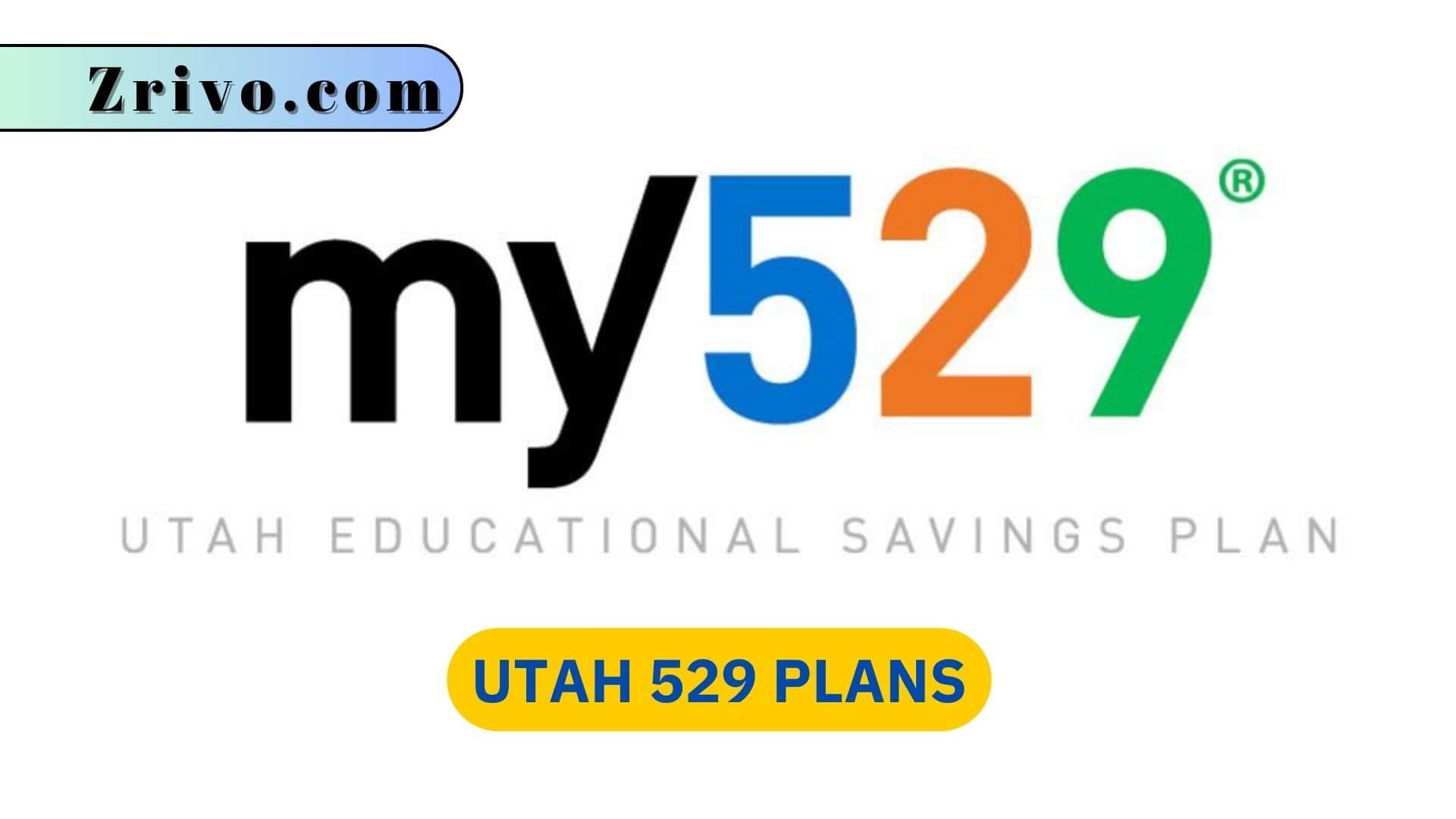
Utah 529 plans are a great way to save for college. They offer different investment options and low fees and are available to everyone. These programs are designed to make college more affordable by making saving easier. However, you should be aware that there are certain rules that apply when investing in a Utah 529 plan. In particular, the assets in a 529 plan are treated differently when it comes to financial aid. This is because they belong to the parent and not to the student. As a result, they will not disqualify a student from receiving federal financial aid.
What is the Utah my529 Plan?
The state of Utah offers its own 529 plan called my529, which is a direct-sold 529 college savings account. Its fees are among the lowest in the industry, and the funds can be used for tuition at any eligible educational institution. In addition, withdrawals are tax-free when they are used to pay for qualified education expenses.
Utah residents can take a 5% state tax deduction on contributions to their my529 accounts, up to $2,040 single and $4,080 married filing jointly. The plan also offers a variety of investment options, including the Vanguard my529 Global Equity Fund and the my529 Stable Value Fund.
The plan offers a Target Enrollment Date investment option with 12 portfolios and 10 Static or Fixed Income options. Each option has a unique mix of equities and bonds, and it’s important to consult with a qualified financial advisor to determine which portfolio is best for your needs.

Is my529 Plan Worth it?
Investing in a 529 plan is a smart way to help your children or grandchildren afford the cost of higher education. While many people think it is too early to start saving for college, it’s better to begin as soon as possible. This will give you a bigger pool of money to draw on when the time comes. In addition, it will also reduce the risk of running out of funds in a later year.
If you want to open a 529 plan, you can work with a financial advisor or choose a direct-sold plan that allows you to choose your investments yourself. However, be sure to evaluate the fees of each option, as they will impact your earnings over time. Also, consider how your investments will be treated when it comes to calculating financial aid eligibility. Assets in a 529 plan are considered parent-owned and are, therefore, not counted as part of your child’s expected family contribution when applying for financial aid.